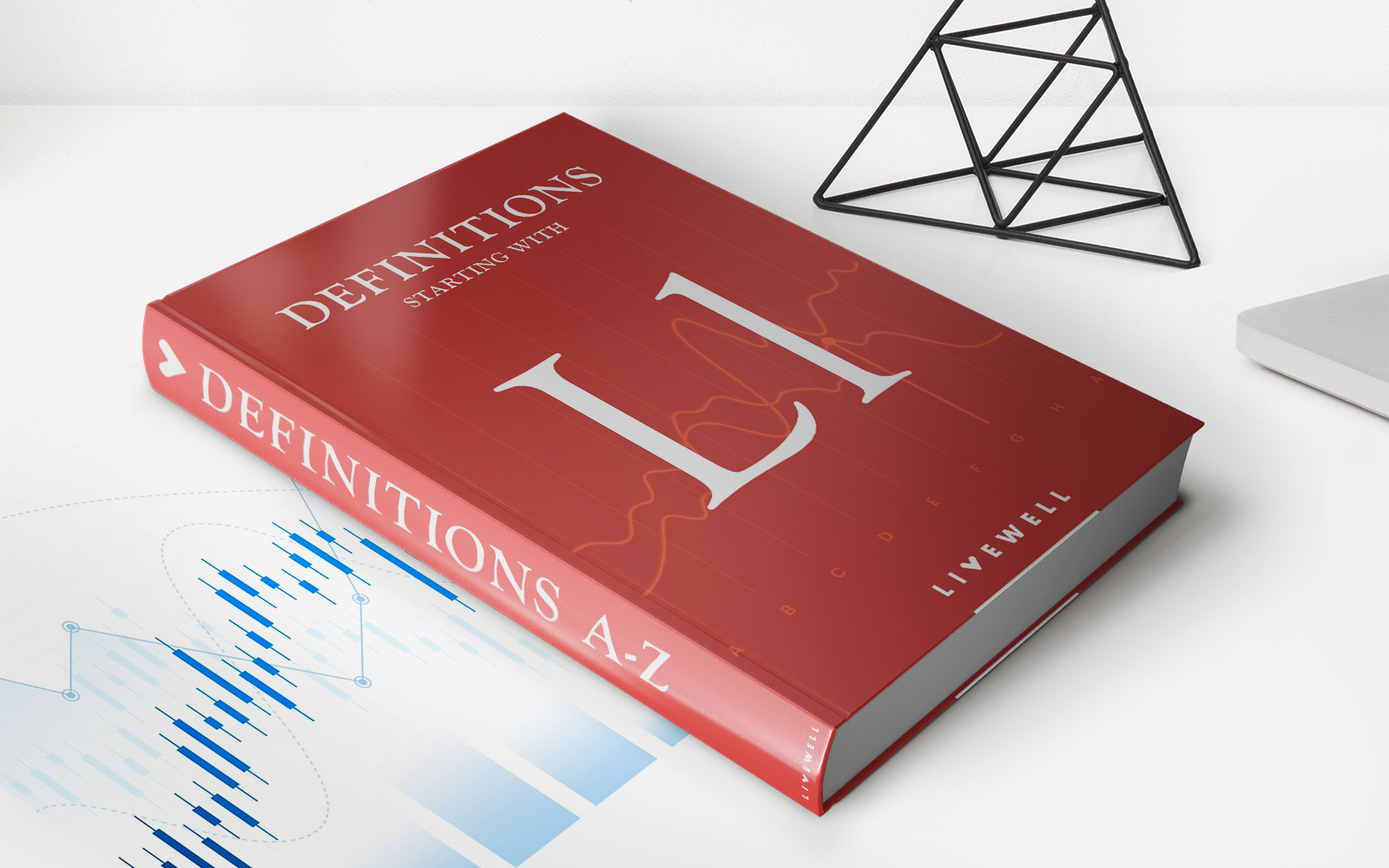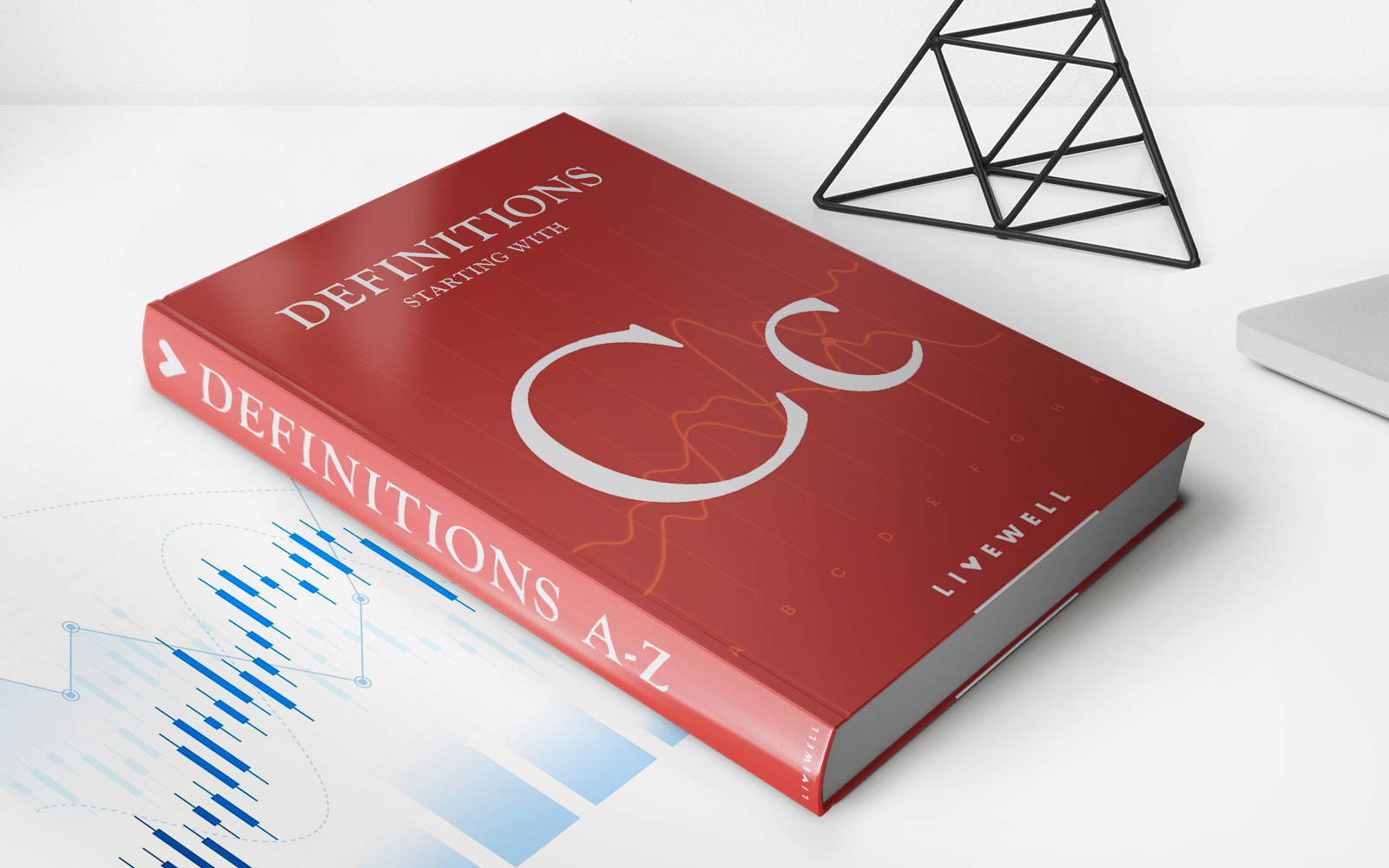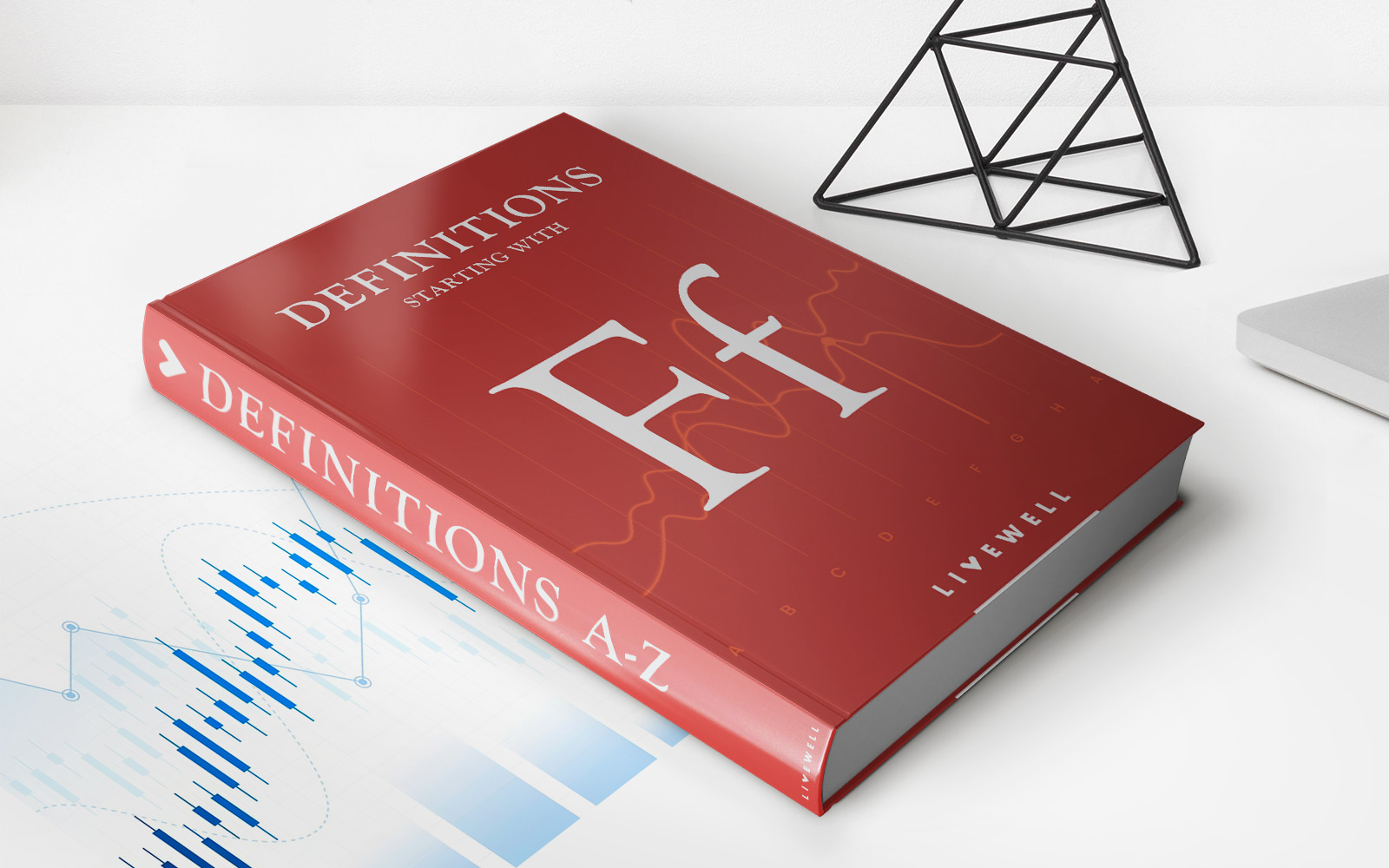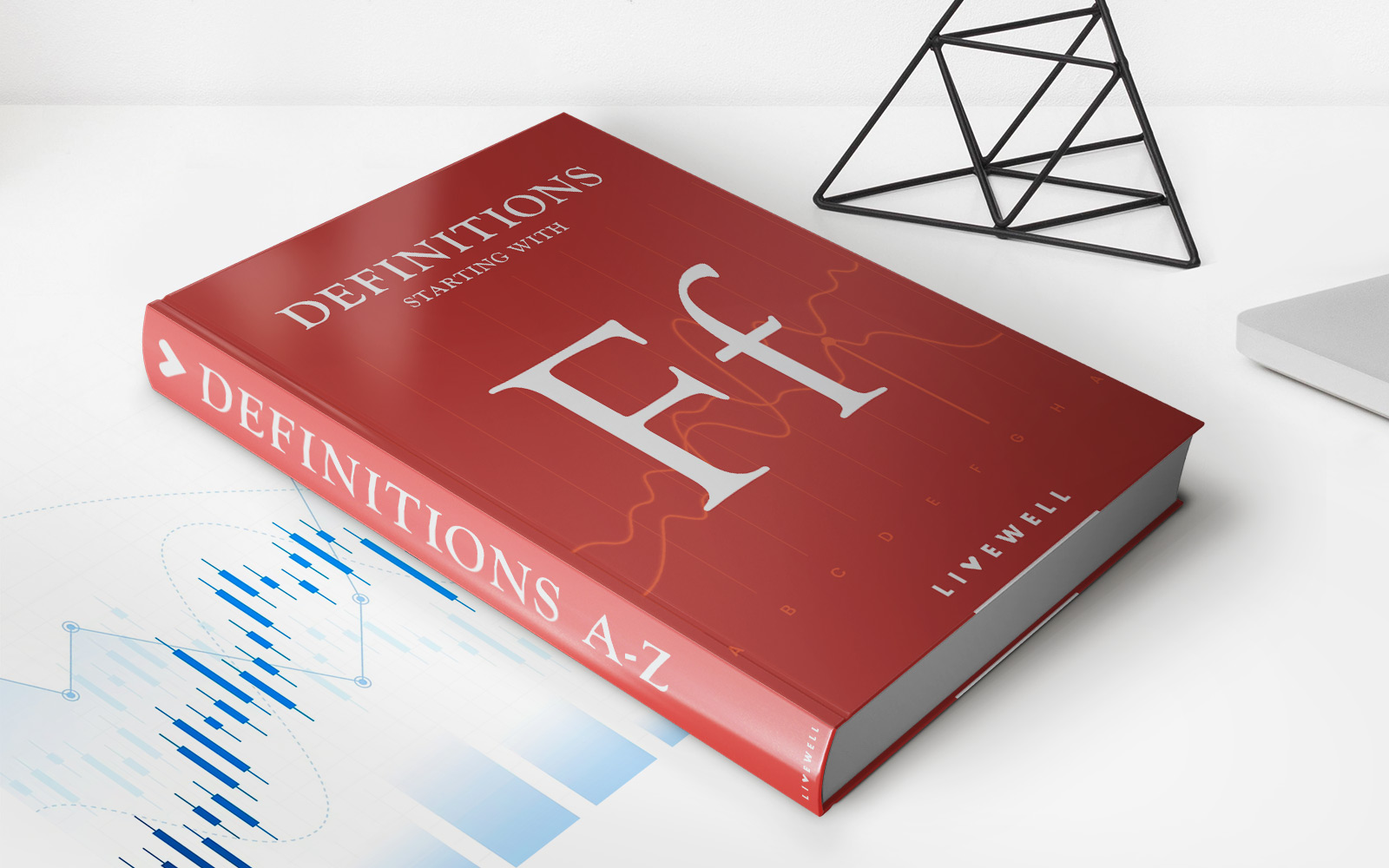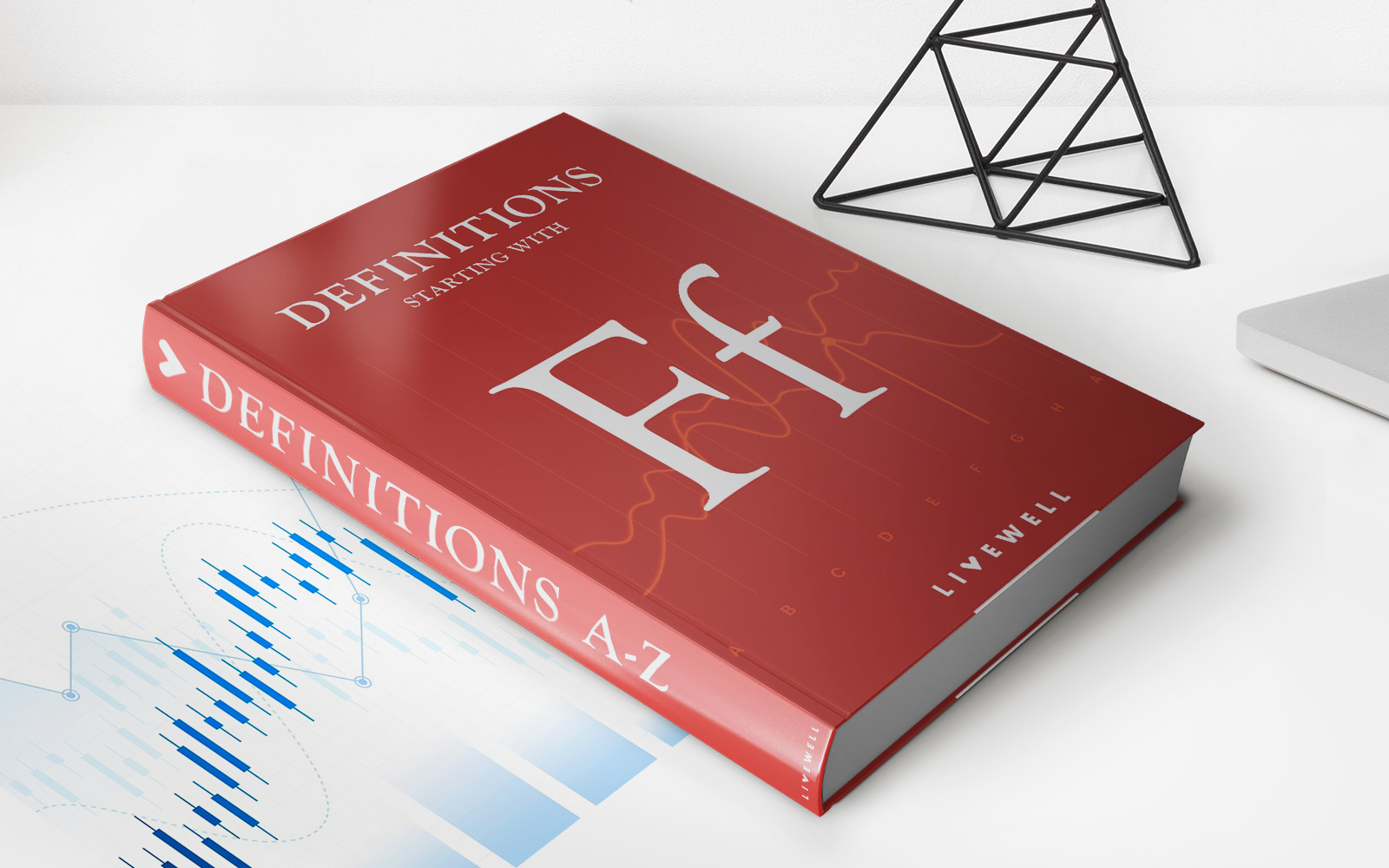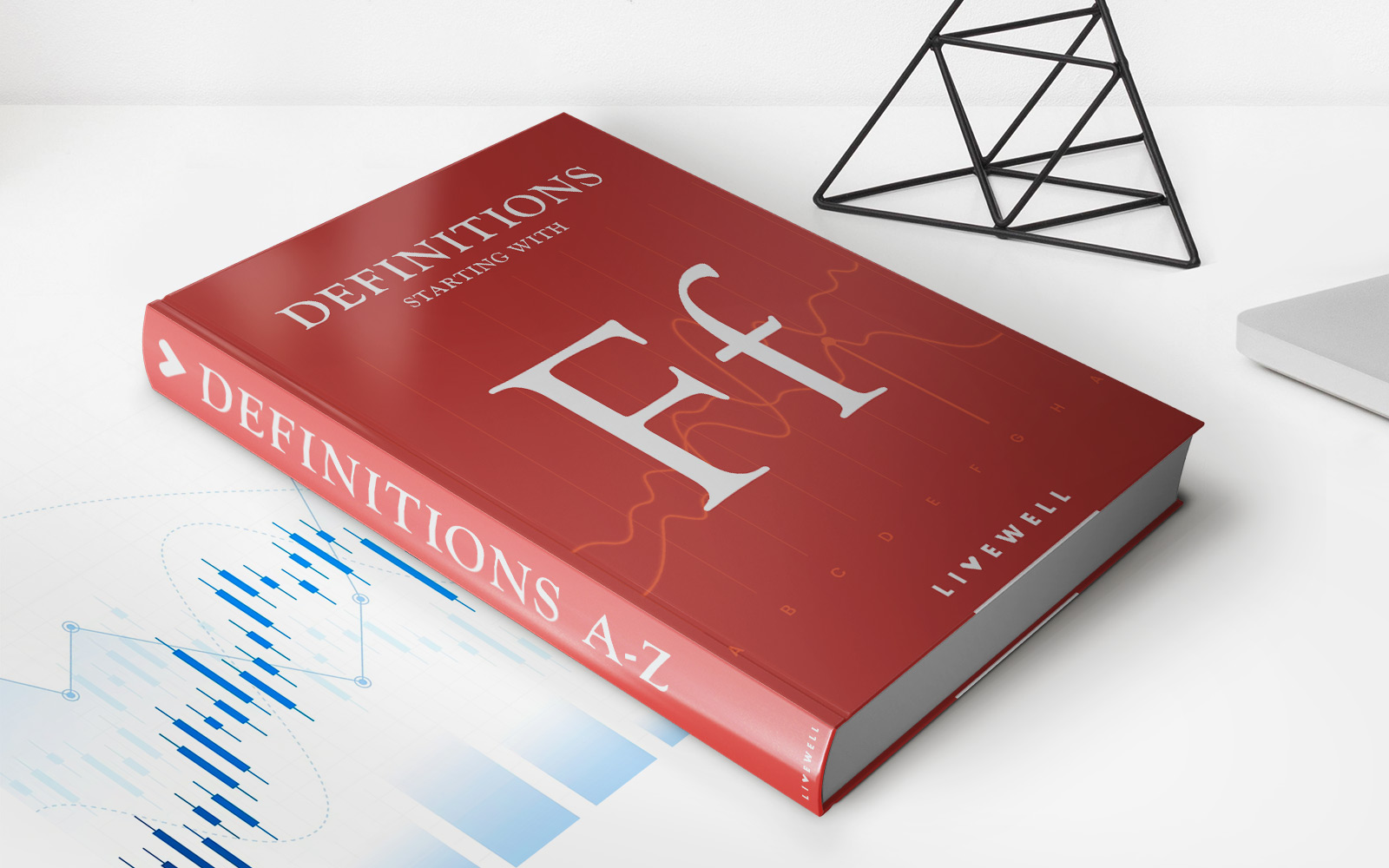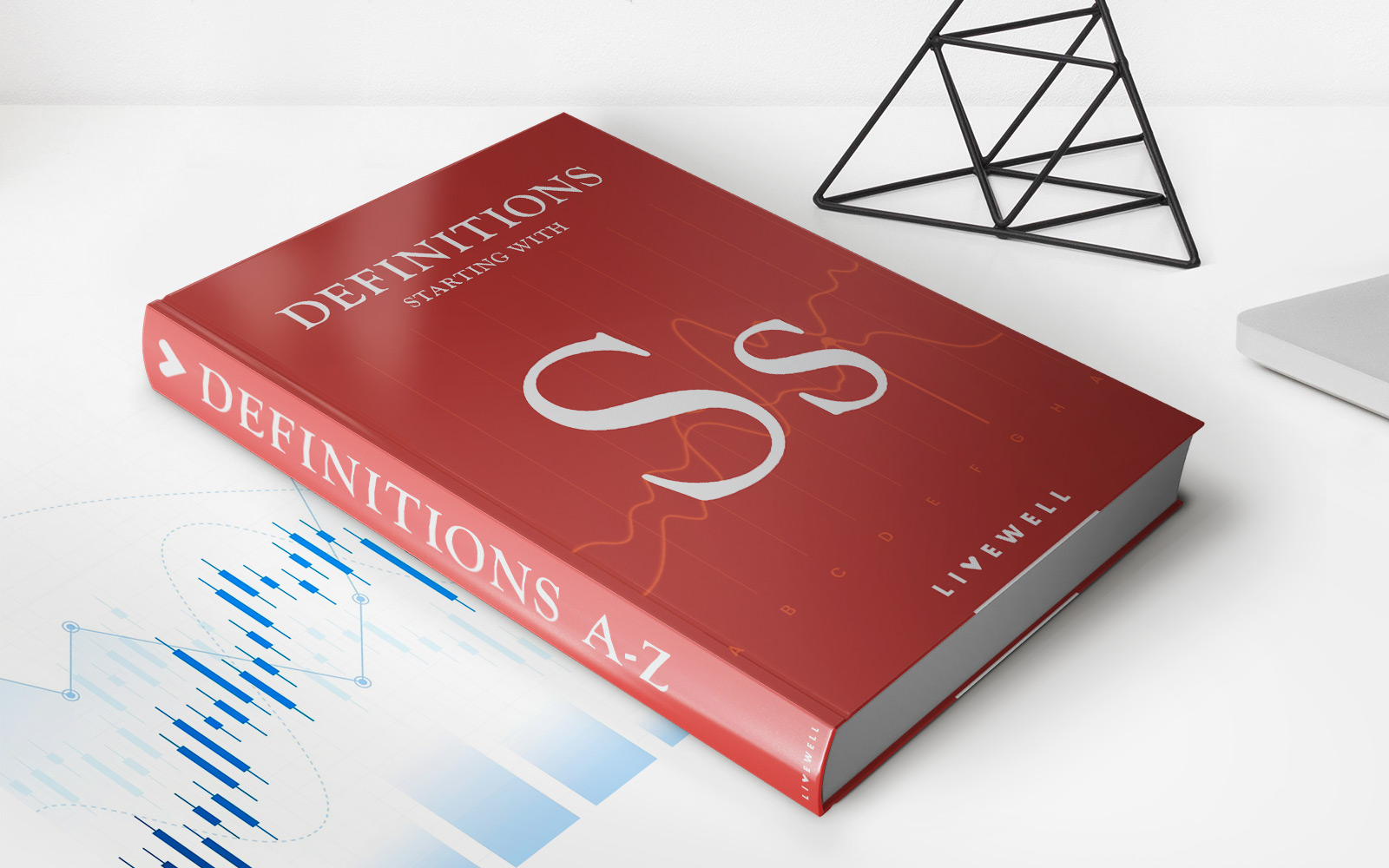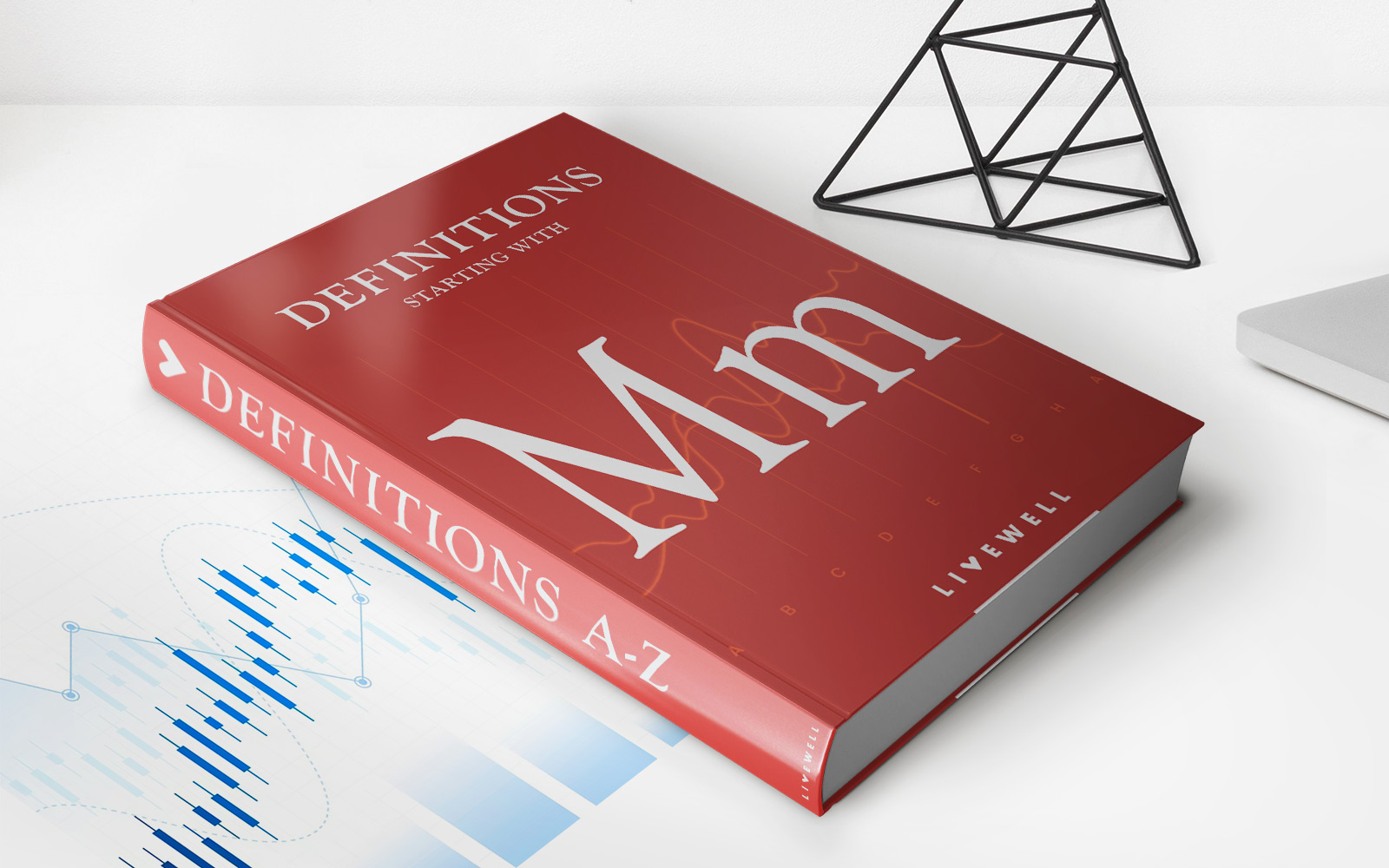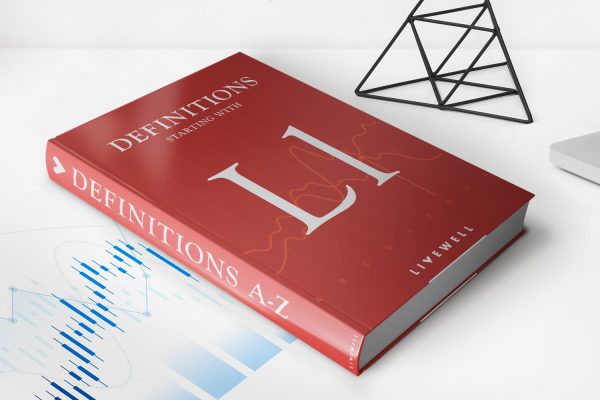Home>Finance>What Is Fixed-for-Floating Swap: Definition, Uses, And Example
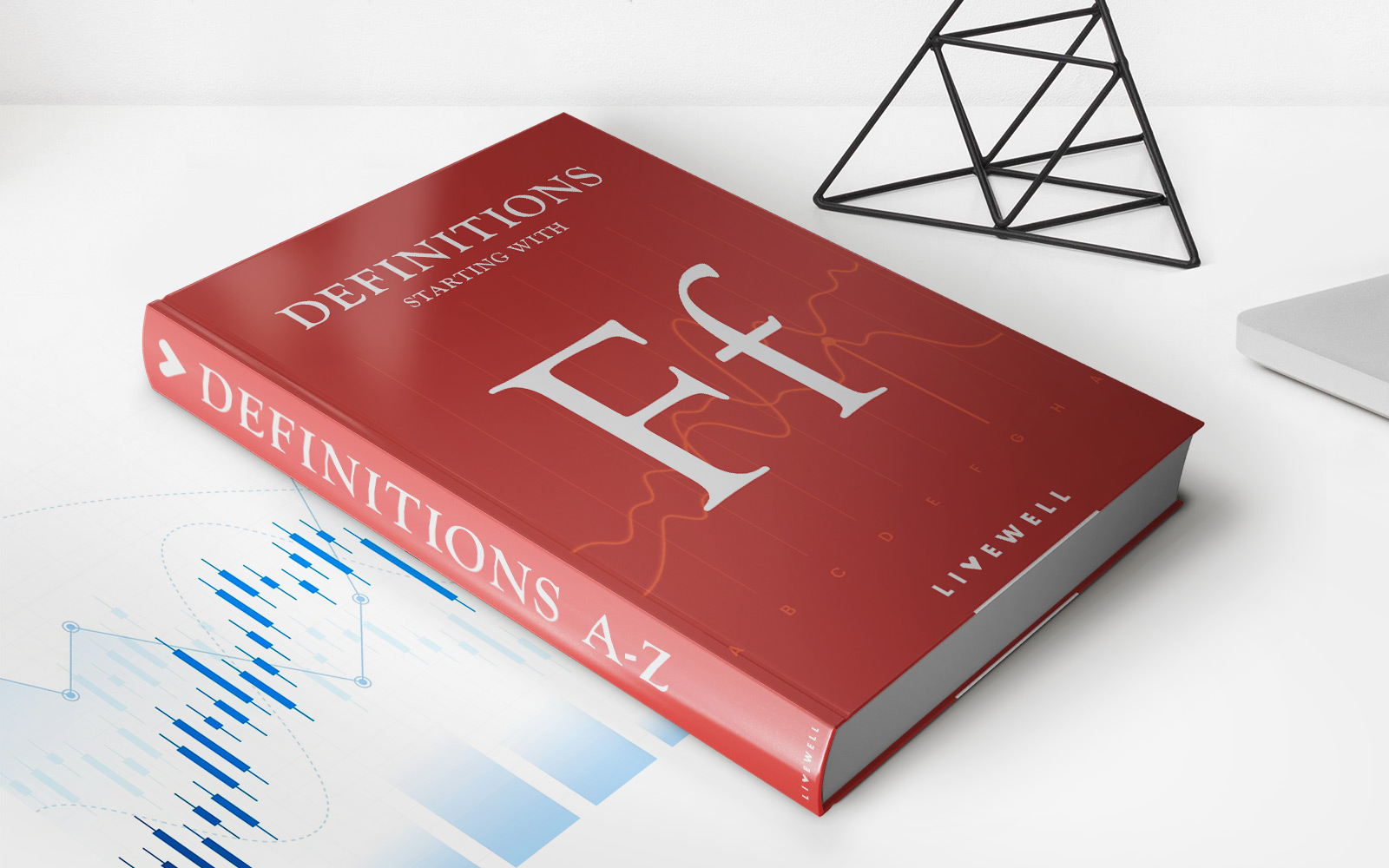

Finance
What Is Fixed-for-Floating Swap: Definition, Uses, And Example
Published: November 25, 2023
Learn about fixed-for-floating swaps in finance, including their definition, uses, and an example. Understand how these swaps can help manage interest rate risk.
(Many of the links in this article redirect to a specific reviewed product. Your purchase of these products through affiliate links helps to generate commission for LiveWell, at no extra cost. Learn more)
Understanding Fixed-for-Floating Swap
When it comes to managing finances, understanding various financial instruments is crucial. One such instrument that plays a significant role in the world of finance is the Fixed-for-Floating Swap. In this blog post, we will delve into the definition, uses, and provide a practical example of how a Fixed-for-Floating Swap works.
Key Takeaways:
- A Fixed-for-Floating Swap is a derivative contract where one party exchanges a fixed interest rate for a floating interest rate with another party.
- These swaps provide a way for businesses to manage interest rate risk and hedge against unfavorable market movements.
Definition:
A Fixed-for-Floating Swap is a type of interest rate swap, which is a financial contract between two parties who agree to exchange interest rate payments. In this particular swap, one party pays a fixed interest rate, while the other pays a floating interest rate, which is typically based on a benchmark rate such as LIBOR (London Interbank Offered Rate).
The swap duration can vary, but most commonly, the fixed-for-floating swap has a term ranging from 2 to 10 years. During this period, the parties make regular payments to each other based on the agreed-upon terms.
How Fixed-for-Floating Swaps Are Used:
Fixed-for-Floating swaps are commonly used by businesses and financial institutions to manage interest rate risk and achieve their desired financing goals. Here are some common uses:
- Hedging: Businesses often use fixed-for-floating swaps to hedge against fluctuations in interest rates. For example, if a company has borrowed money at a floating rate and wants stability in their interest expense, they can enter into a fixed-for-floating swap to convert their floating rate to a fixed rate, thus reducing uncertainty in their financial planning.
- Speculation: Financial institutions and investors may use fixed-for-floating swaps to speculate on interest rate movements. By analyzing market conditions and making informed predictions, they can take advantage of potential profit opportunities arising from interest rate fluctuations.
- Arbitrage: Some market participants use fixed-for-floating swaps to engage in interest rate arbitrage. This strategy involves taking advantage of pricing differentials between fixed and floating interest rates in different markets or currencies, allowing them to profit from the inefficiencies present in the market.
An Example of Fixed-for-Floating Swap:
Let’s consider a scenario where a company, ABC Corp, has borrowed $1 million at a floating interest rate of LIBOR + 2%. However, due to uncertainty in the market, the company wants to convert this floating rate to a fixed rate to mitigate the risk of increasing interest expenses. ABC Corp enters into a fixed-for-floating swap agreement with XYZ Bank.
In this agreement, ABC Corp agrees to make fixed interest rate payments of 4%, while XYZ Bank agrees to make floating rate payments based on LIBOR. The payments are made on a regular basis, such as quarterly or semi-annually, for the agreed duration of the swap.
By entering into this fixed-for-floating swap, ABC Corp achieves stability in their interest expense, regardless of how LIBOR fluctuates. This allows them to forecast and plan their financials more accurately, providing peace of mind amidst market uncertainty.
On the other hand, XYZ Bank, which prefers a fixed interest rate exposure, can benefit from the floating interest payments received from ABC Corp, adding a diversified income stream to their portfolio.
In conclusion,
Fixed-for-Floating Swaps are powerful financial instruments that help businesses and financial institutions manage interest rate risk, hedge against uncertainties, and achieve their financing goals. By understanding the definition, uses, and example of a Fixed-for-Floating Swap, you can make more informed decisions and navigate the dynamic world of finance with confidence.
